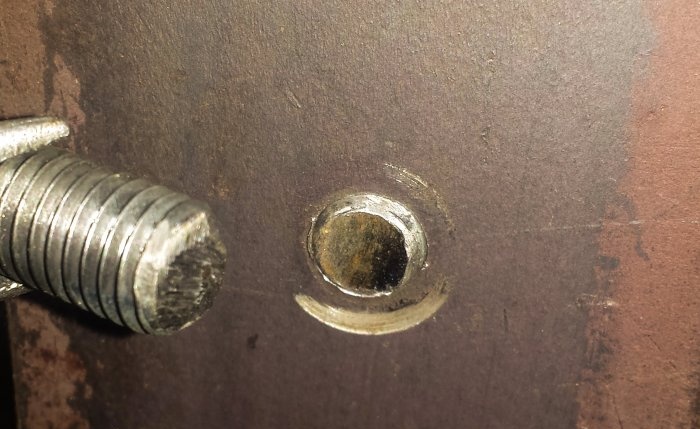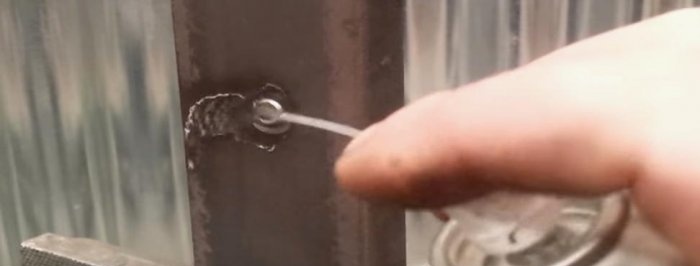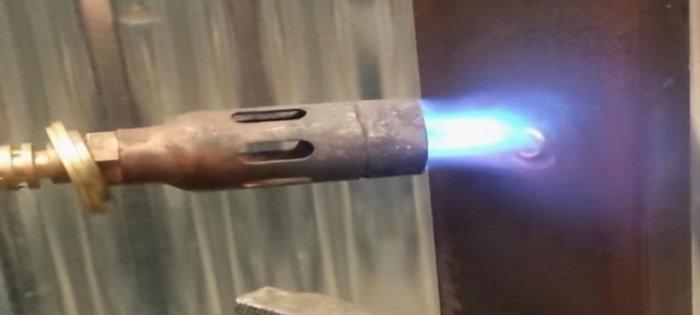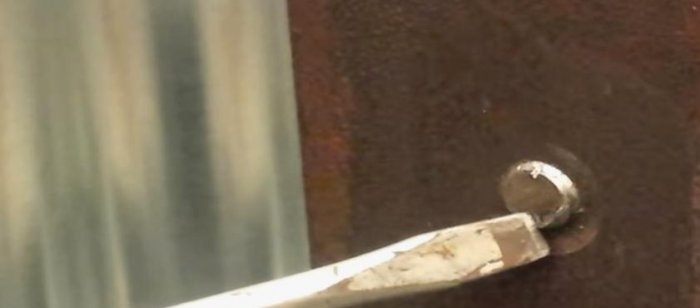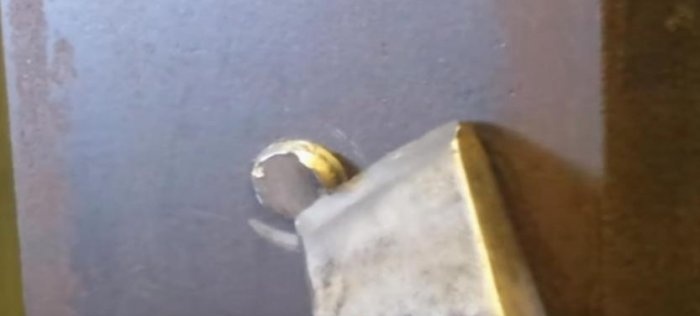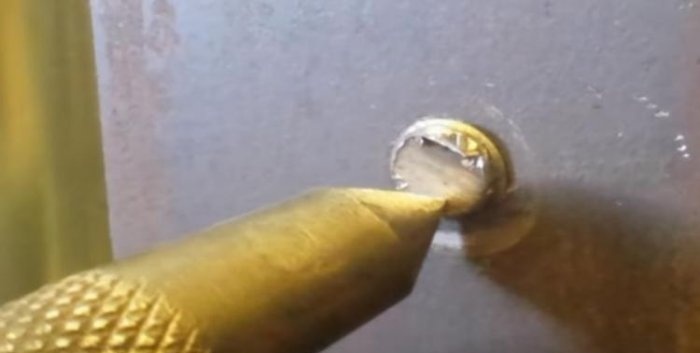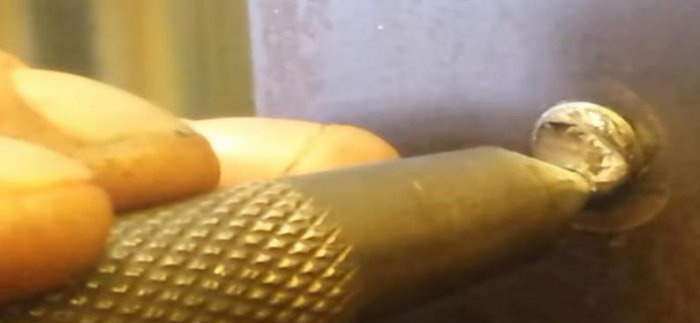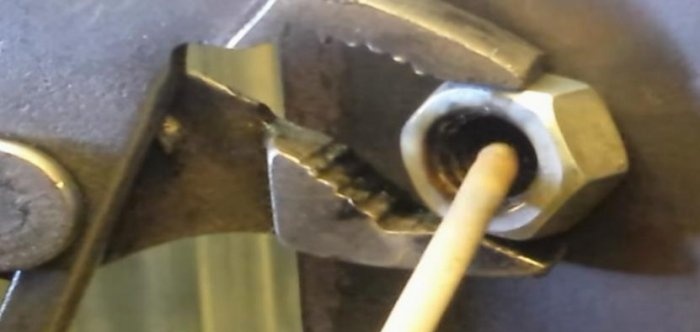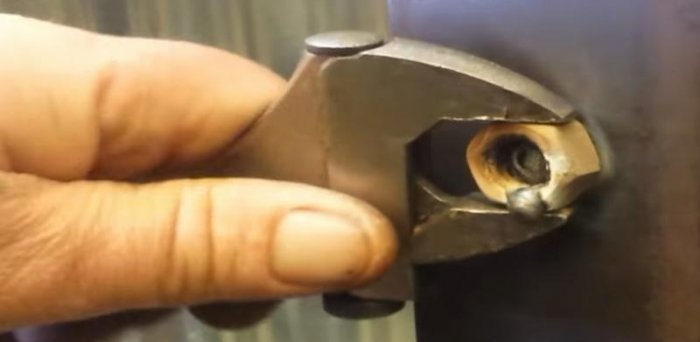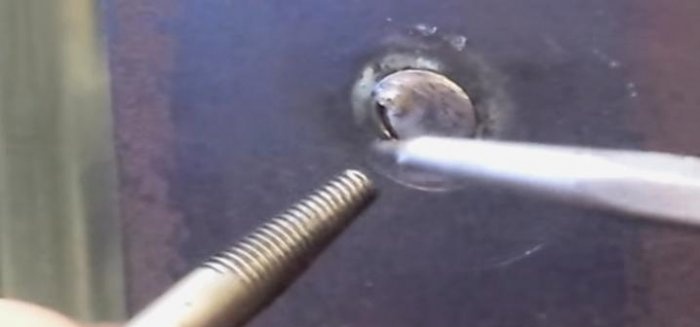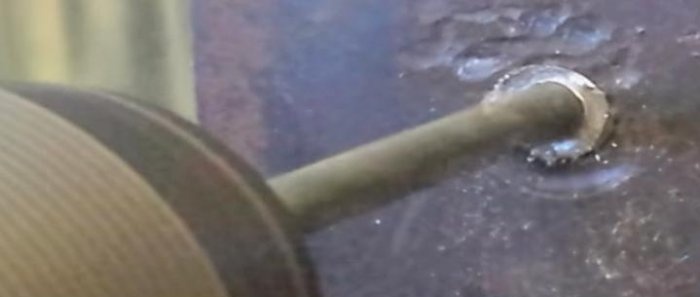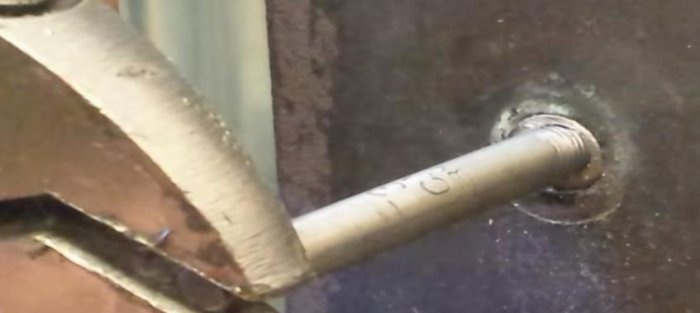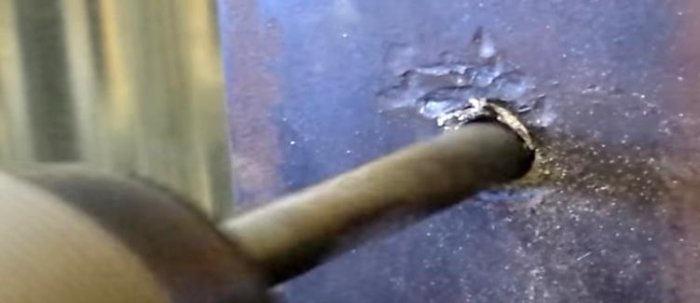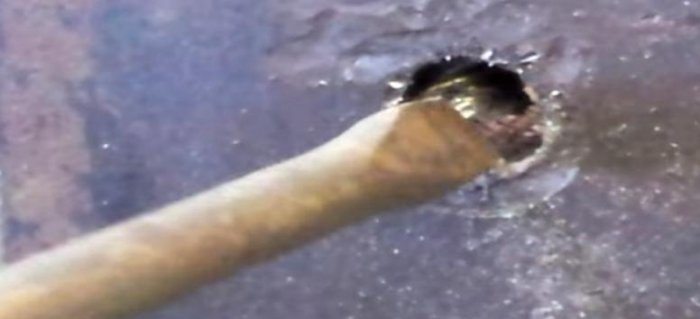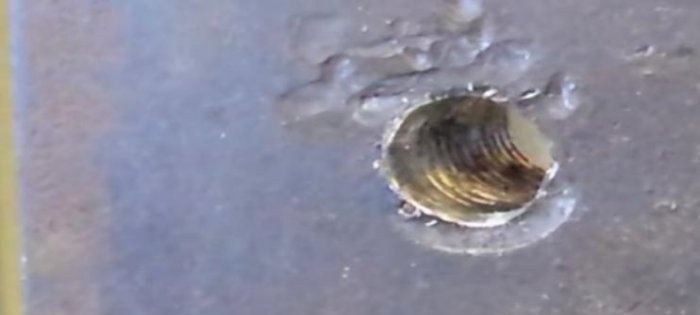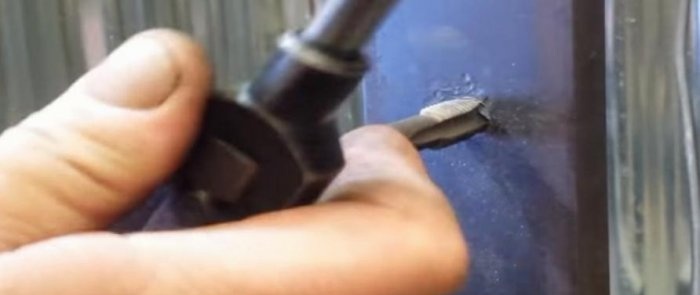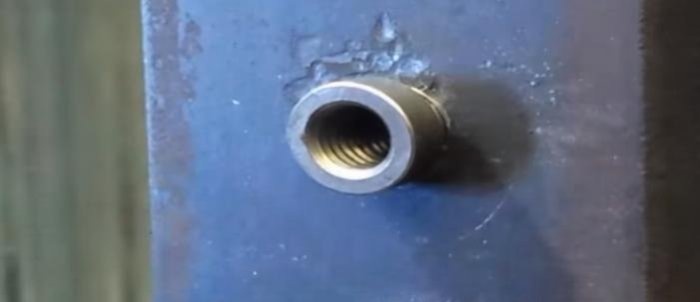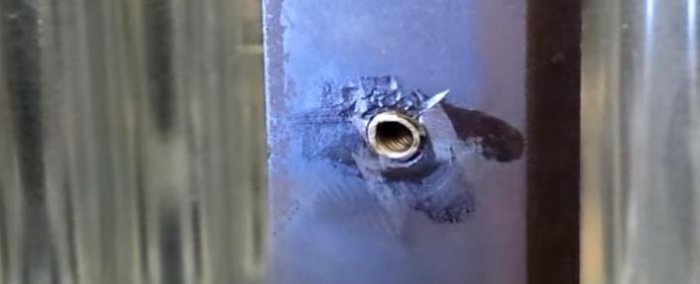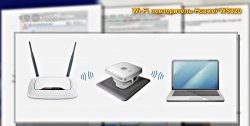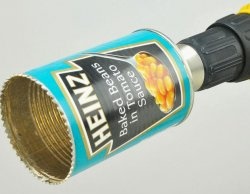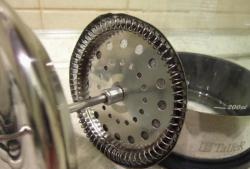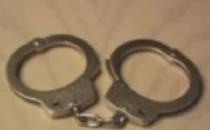Personally, I have repeatedly encountered a problem when a bolt or stud breaks under the root. Moreover, I am not some kind of auto mechanic or locksmith. All this I say to the fact that this quite happens with an ordinary person who periodically deals with equipment or other technical part.
Well, since you are in such a situation, you should not despair - everything is fixable. I offer you seven ways to get out of this position and free the thread from the fragments of a stud or bolt.
Preparation before turning the wreck
But do not rush to start unscrewing immediately. Before that, you need to take measures that will facilitate your efforts.
First of all, we will spray the place of breakage with penetrating lubricating fluid. It can be any "liquid key", WD-40. Let's wait a bit.
Further, in order to relieve some internal stresses, with a gas burner we thoroughly warm the chip and the place around it.
Well, then we will go directly to unscrewing a piece of stud or bolt.
The first method: a flat screwdriver and a hammer
This is the easiest way, but it does not always work. In about half the case, the hairpin breaks off with a protruding shard, which you can catch on just.
We take a flat screwdriver, abut it in a splinter and shock movements at an angle towards the thread unscrewing, gently turn the chip.
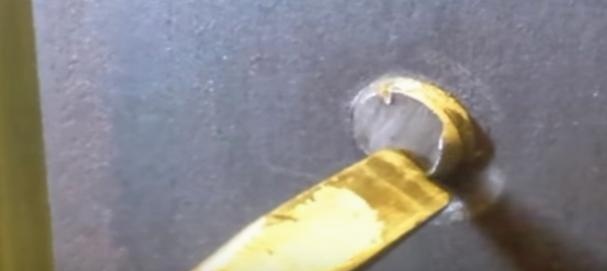
This method is suitable if you do not need much effort to unscrew. If the effort is not enough, then go to the second method.
Method two: try to unscrew with a chisel
This method is similar to the first, but instead of a screwdriver we take a chisel. In the same way, we abut the splinter and perform inversion by shock movements.
The chisel makes it possible to create more effort than a screwdriver.
The third method: core and hammer
If the bolt fragment does not have splinters, or even breaking off occurred just below the final surface of the thread, then you can try to use a core.
We rest the core on the surface of the fragment with an offset and impacts at an angle to twist it until the fragment can be hooked with pliers or another tool.
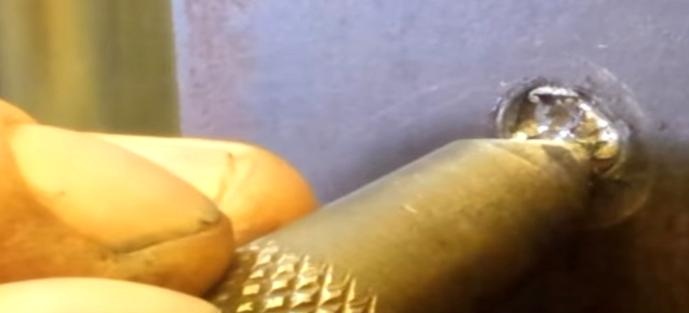
Fourth method: weld the nut by welding
In my opinion, this is the most effective and fastest option, but if you have a welding machine. Its essence is to weld a nut on top of a fragment of a bolt.
So, to do this, take a nut, but not the same size, but a couple more units. That is, if the broken bolt was at 10, then we take the nut at 12. This is necessary for a better and larger weld point.
Holding the nut with nippers, put it on the chip, but not in the center, but with an offset. We weld a stud with a nut to one side inside the nut with an electrode.
Then, after cooling, unscrew the usual wrench.
Fifth method: unscrew the pin with the extractor
Here you will also need a specialized tool specifically designed to unscrew broken pins and bolts - an extractor.
We pivot the center of the stud so that the drill does not run when drilling begins.
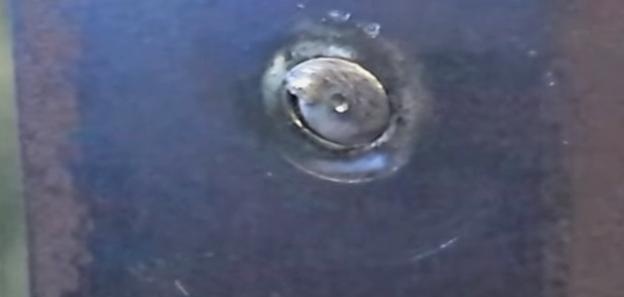
We drill a hole of the corresponding diameter under the extractor.
We insert the extractor into the hole and unscrew the key.
Sixth method: drill a chip
The method consists in selecting a drill according to the lower diameter of the stud thread and drilling it. A very difficult way, it requires skill.
First we go through a drill with a smaller diameter.
Then we drill as close as possible.
We knock out the fragments and the remnants of the stud with a flat screwdriver.
This method of removal does not always justify the effort, but it deserves your attention.
Seventh method: we drill under a clean and insert
The most time-consuming and costly method of all. But there are times when this is the only working option to return the node to working condition.
We drill the pin clean along with the thread.
We cut a new thread with a tap.
This can be completed if the design allows you to choose a thicker bolt or stud now. If not, we buy an insert or order from a friend locksmith.
Lubricate the external thread with the thread lock and screw in.
Stitching flush.
What method did you use? Write in the comments, I think your experience will be interesting! All the best!
The node has been restored.
